Brief Summary
In this intro course, you'll dive into the basics of electronics, exploring how electricity works, what makes it tick, and some cool terms like conductors and insulators. You'll also peek into schematic diagrams. Perfect for curious minds wanting to grasp how electronics come together!
Key Points
-
Understanding electricity starts at the atomic level.
-
Key components: conductors, insulators, semiconductors.
-
Learning what electrical/electronic current is.
-
Getting familiar with basic circuit terminology.
-
Overview of schematic symbols.
Learning Outcomes
-
Identify atoms as conductors, semiconductors, or insulators.
-
Understand the flow of electrical current as the movement of free electrons.
-
Recognize and distinguish various schematic symbols.
-
Learn key circuit terms to build a strong foundation in DC electronics.
-
Prepare for deeper topics in future semesters of electronics.
About This Course
Intro to Electronics: Learn about bonding, conductors, insulators, terminology & schematic symbols (Semester 1, Week 1)
The course:
This course is Week One of an Eight Week section titled "DC Electronics", which is the first semester of an eight semester program.
The main topics for this course are:
1. Starting at the atomic level, or, why we need to understand how electricity and electronics are driven by electrons.
2. The three things that make electronics work:
......Conductors
......Insulators
......Semiconductors
3. What is electrical/electronic current?
4. Intro to basic circuit terminology.
5. Overview of many schematic symbols
The Semester: (This course is week 1 of this eight week semester.)
These are the classes for this eight week semester:
1. Direct Current at the Molecular Level (This class)
2. Electrical Units; Volts, Ohms, Amps and Watts
3. Measuring Equipment
4. Basic DC Circuits; Voltage, Current, Resistance and Power
5. DC Circuit Analysis; Kirchhoff's Laws; Determining Resistance, Voltage, Current and Power in Series and Parallel Resistive Circuits
6. Resistors, Potentiometers, and Rheostats
7. Cells and Batteries
8. Magnetism and Magnetic Devices; Selonoids and DC Motors
The Program:
This course is part of the first semester, DC Electronics. Future semesters will include AC Electronics, Solid State Electronics (Transistors, FETs, MOSFETs and JFETs), Transistor and OpAmp theory, Communications Theory and Digital Electronics.
You will be able to identify atoms as conductors, semiconductors or insulators.
You will know why electrical current is the flow of free electrons.
You will be introduced to schematic diagrams and and many schematic symbols, and be able to identify several schematic symbols.



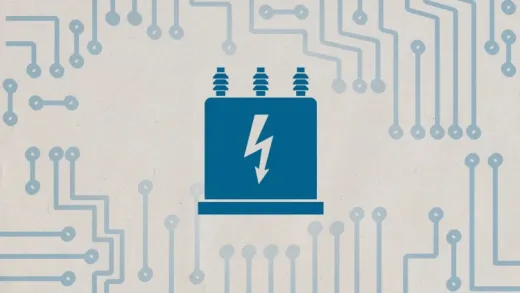
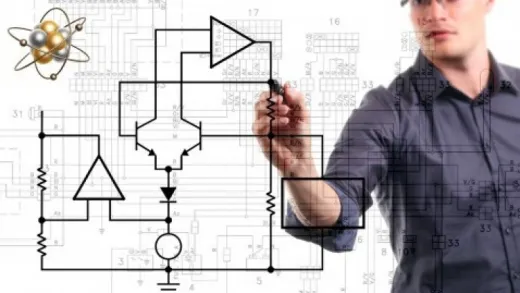
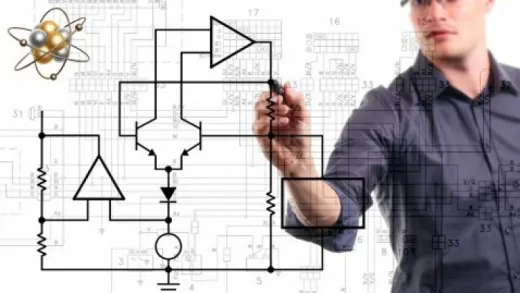
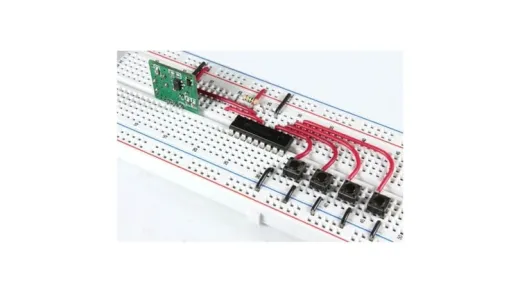
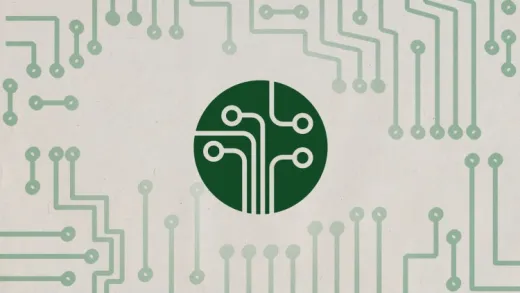

Sergio E.
I was expecting more structured lessons, not a fan of a teacher (mostly) reading a powerpoint presentation... I mean surely it's a knowledgable person, but I was looking for something with more depth. Also the music... deminishes the seriousness of the presentation.